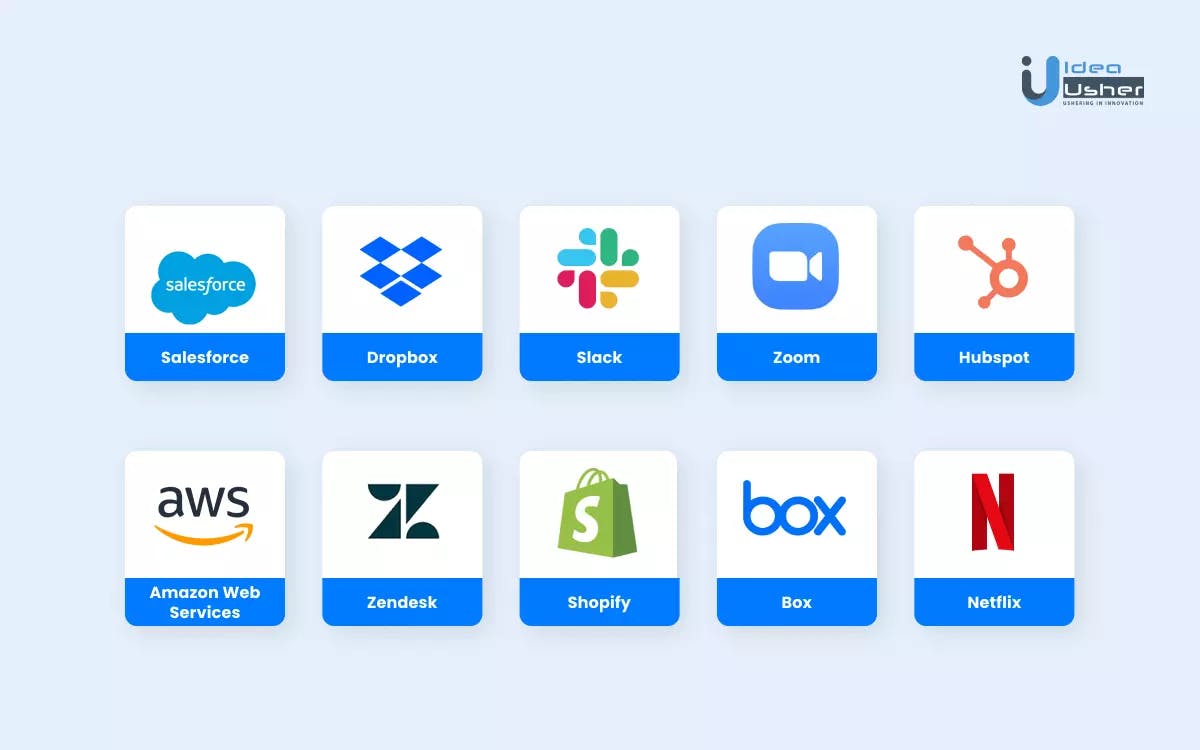Development Secrets Revealed
: From Growth to Architectural Wonders
The intriguing process of development propels advancement, encourages constructive change, and promotes expansion in the field of technology. It is crucial to transforming industries and our digital environment. Consequently, let's explore the fascinating world of software development and learn its secrets.
What is Development?
The process of developing sophisticated and useful software solutions is known as development. It entails creating, testing, and deploying applications that cater to particular requirements and fix issues. Through the creation of creative solutions, developers progress technology and enhance many facets of our lives.
Current Development Situation
The pursuit of excellence is constant in the field of development. Developers aim to create scalable, secure, and efficient systems. To ensure the highest quality in their work, they use sound coding techniques, industry standards, and best practices. In addition, development is characterized by constant learning and modification to meet changing user requirements and technological advancements.
Popular Development Examples
Numerous well-known programs created by the industry have revolutionized a variety of industries and our way of life. Think about e-commerce companies like Amazon and Shopify, which have revolutionized the way people shop online. The way we consume entertainment has evolved thanks to streaming services like Netflix and YouTube, which provide a huge variety of content.

We now consume entertainment differently thanks to streaming services like Netflix and YouTube, which put a wealth of content at our fingertips. Communication and teamwork can now be done effectively from a distance thanks to collaboration tools like Zoom and messaging services like Slack. These are just a few illustrations of how development has stimulated creativity and influenced the digital environment.
How Software Is Developed
The steps involved in developing software are grouped to constitute the development process. Typically, requirements gathering is the first step, during which developers consult extensively with stakeholders to ascertain their needs and establish the objectives of the project. Analysis and design, in which the software architecture and user interface are planned, come next. The actual code that powers the software is then written by developers during the development phase. Testing is an essential stage to find and resolve any faults or problems, ensuring the product performs as intended. Making the software accessible for people to install and use is the final step in deployment.
Overview of Development Architecture
A blueprint for creating intricate software systems can be found in the architecture of development. It offers an organized way to control system complexity, improve performance, and strengthen security. Software architecture entails making important decisions on the system's structure, choosing suitable frameworks and technologies, and defining the interactions and collaborations between various components. Developers may construct software systems that are scalable, manageable, and aligned with the expected outcomes by matching architectural decisions with business objectives.

The Development Process is Described
There are many different processes and approaches used in the development process. Agile development approaches, like Scrum or Kanban, place a strong emphasis on iterative development and close stakeholder communication. With discrete phases for requirements, design, development, testing, and deployment, the waterfall methodology adopts a sequential approach. Combining operations with development, DevOps encourages teamwork and automation throughout the whole development lifecycle. Each strategy has benefits and is appropriate for specific project requirements.
Pros & Cons of Development
Pros. Demand for developers Earn well... Work as a freelancer.
Cons. Relationship with the computer system At times, it is stressful.
In conclusion,
The exciting and dynamic field of development propels technological advancement and sculpts our digital environment. We may successfully navigate its difficulties and contribute to creating creative and significant software solutions by comprehending the complexities of development processes, embracing sound architectural principles, and being aware of the advantages and disadvantages of the industry. So let's begin this voyage of development, where we will experience progress and architectural wonders.
